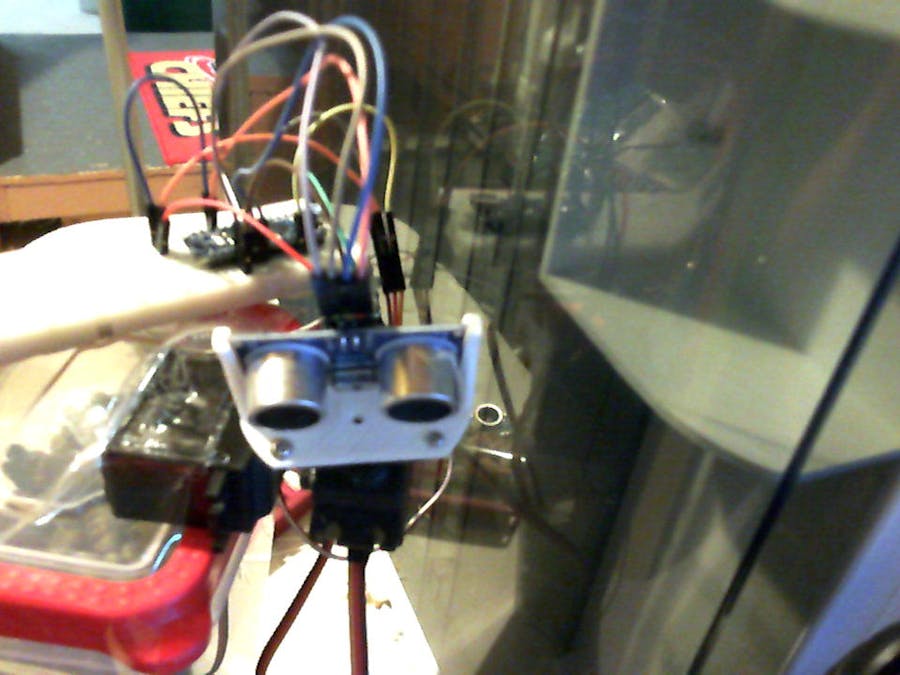This project was made for fun. I was bored and as always, I needed to program something. I came across an idea for just a 2d radar. I wanted to expand upon this. So I created a program that enables you to scan an entire room without needing to use a laser. It works by scanning 100 degrees along the x plane, then going up by 1 degree at a time along the y plane. It then send data via serial to a processing computer running the python program.
3D Room Visualizer
With only an arduino board, two servos, and an hc-sr04, and some python, you can create a room scanner that is capable of showing depth!

Read more
120 projects • 1053 followers
IoT, web, and embedded systems enthusiast. Contact me for product reviews or custom project requests.









Comments